Home>Furniture>Outdoor Furniture>How Much Space Between Decking Boards
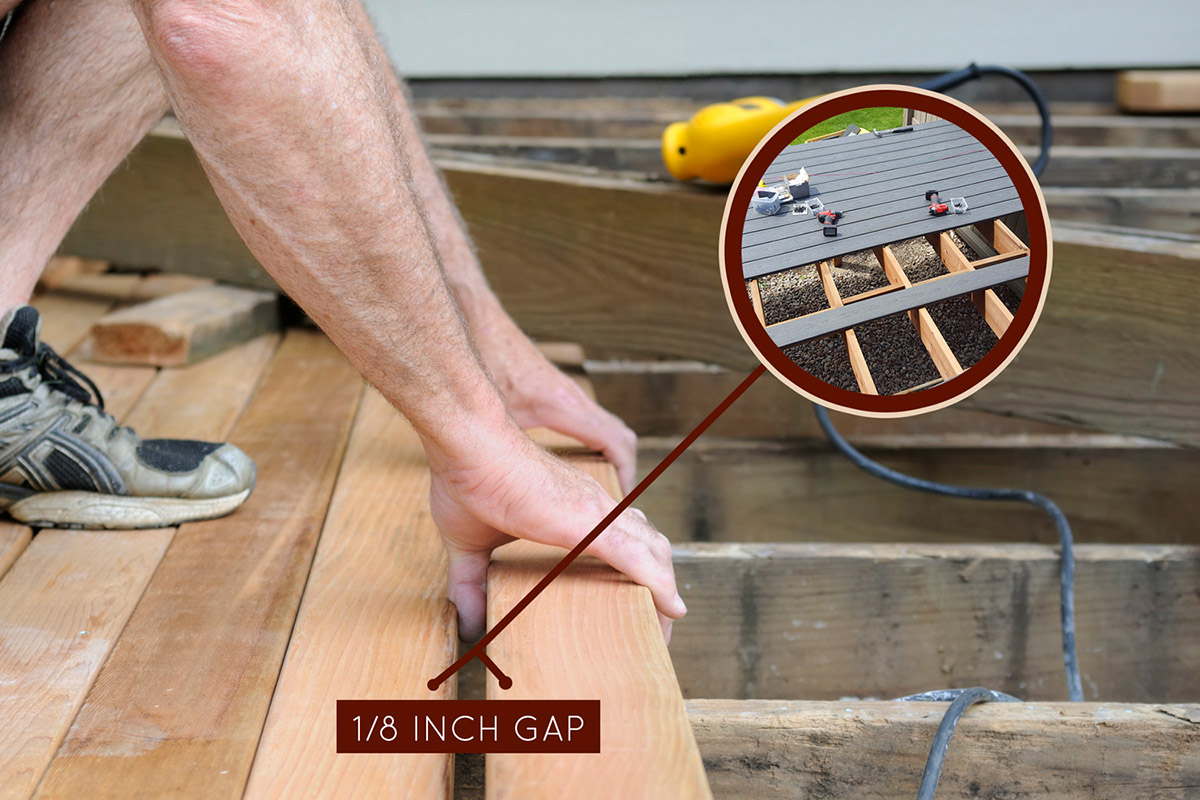

Outdoor Furniture
How Much Space Between Decking Boards
Modified: May 6, 2024
Discover the ideal spacing between decking boards for your outdoor furniture. Find tips, tricks, and recommendations for achieving the perfect layout.
(Many of the links in this article redirect to a specific reviewed product. Your purchase of these products through affiliate links helps to generate commission for Storables.com, at no extra cost. Learn more)
Introduction
Outdoor deck spaces are a wonderful addition to any home, providing a place to relax, entertain, and enjoy the beautiful outdoors. One crucial aspect of building a deck is determining the ideal spacing between decking boards. This may seem like a minor detail, but it plays a significant role in both the aesthetic appeal and functionality of your deck.
The spacing between decking boards is important for a few reasons. Firstly, it allows for proper drainage, ensuring that water can flow off the surface of the deck and prevent any potential moisture-related issues. Additionally, proper spacing can help minimize the chances of warping, cupping, and other common problems associated with wooden decking.
But how much space should you leave between your decking boards? The answer is not a one-size-fits-all solution. The ideal spacing depends on several factors, including the type of decking material, the climate you live in, and personal preferences. In this article, we will explore the different factors to consider, recommend spacing options for various types of decking boards, and provide some helpful tips to ensure consistent spacing.
Key Takeaways:
- Proper spacing between decking boards is crucial for water drainage, preventing warping, and ensuring a visually appealing deck. Consider material, climate, and aesthetic preferences for the ideal spacing.
- Use spacers, jigs, and accurate measurements to achieve consistent spacing between decking boards. Regular maintenance and adjustments will help prevent issues like moisture accumulation and compromised structural integrity.
Read more: How Much Are Decking Boards
Determining the Ideal Spacing for Decking Boards
When it comes to determining the ideal spacing between decking boards, there are a few key factors to consider. These factors will help you achieve the right balance between functionality and aesthetics for your deck.
The first factor to consider is the type of decking material you are using. Different materials, such as wood, composite, or PVC, have different expansion and contraction rates. This means that they will react differently to changes in temperature and humidity. As a general rule, wooden decking boards will need more space between them compared to composite or PVC boards. This is because wood tends to expand and contract more in response to environmental conditions.
Next, consider the climate you live in. In areas with high humidity or frequent rainfall, you may want to leave more space between the boards to allow for better water drainage. On the other hand, in drier climates, you can opt for slightly tighter spacing. The goal is to strike a balance that allows for adequate water drainage while preventing the boards from drying out too quickly and potentially warping.
Your personal preferences also play a role in determining the spacing. Some homeowners prefer a more open and spacious look with wider gaps between the boards, while others prefer a more tightly spaced deck for a smoother appearance. Consider the overall aesthetic you want to achieve and how it will fit with the style of your home.
Lastly, it’s important to follow any guidelines or recommendations provided by the decking manufacturer. They often have specific guidelines for spacing based on the particular characteristics of their product. These guidelines should be followed to ensure the best performance and longevity of your deck.
By taking into account the type of decking material, climate, personal preferences, and manufacturer’s recommendations, you can determine the ideal spacing for your decking boards. This will help you create a deck that not only looks great but also performs well and stands the test of time.
Factors to Consider for Decking Board Spacing
When it comes to determining the spacing between decking boards, there are several important factors to consider. These factors will help ensure the longevity, durability, and overall performance of your deck.
1. Material: The type of decking material you are using is a significant factor in determining the spacing between the boards. As mentioned earlier, different materials have different expansion and contraction rates. Wood decking, for example, tends to expand and contract with changes in temperature and humidity. Composite or PVC decking, on the other hand, have lower expansion and contraction rates. It’s essential to follow the manufacturer’s recommendations regarding spacing based on the specific material you are using.
2. Climate: The climate in your area plays a crucial role in the spacing between decking boards. In regions with high humidity or frequent rain, it’s important to leave ample space between the boards to allow for proper water drainage. This helps prevent water buildup and potential moisture-related issues, such as rot or mold. In drier climates, you may be able to have slightly tighter spacing, but it’s still essential to maintain some gap for ventilation and expansion.
3. Board Width: The width of the decking boards also affects the spacing. Narrower boards may require less space between them to allow for expansion and contraction, while wider boards may need more significant gaps. Again, refer to the manufacturer’s guidelines for spacing recommendations based on the specific width of the decking boards you are using.
4. Fastening Method: The method you use to secure the decking boards also influences the spacing. Different fastening methods, such as using screws versus nails, can affect how the boards expand and contract. It’s important to choose a fastening method that allows for proper movement and minimizes the risk of buckling or warping. Consult the manufacturer’s recommendations for the best fastening method for your specific decking material.
5. Aesthetic Preferences: While functionality is essential, don’t forget to consider your aesthetic preferences. The spacing between the decking boards can impact the overall look of your deck. Some homeowners prefer narrower gaps for a smooth and seamless appearance, while others prefer wider gaps for a more rustic or contemporary look. Consider the style of your home and your personal taste when determining the spacing.
By considering these factors – material, climate, board width, fastening method, and aesthetic preferences – you can determine the optimal spacing between your decking boards. Taking the time to carefully plan and execute the spacing will ensure a visually pleasing and long-lasting deck that you can enjoy for years to come.
Recommended Spacing Options for Different Types of Decking Boards
When it comes to spacing between decking boards, the recommended options can vary depending on the type of material you’re using. Here are some general guidelines for different types of decking boards:
- Wood Decking: For traditional wood decking, the general rule of thumb is to leave a spacing of 1/8 to 1/4 of an inch between each board. This gap allows for proper expansion and contraction of the wood as it responds to changes in temperature and humidity. However, it’s important to check the manufacturer’s recommendations for the specific type of wood you’re using, as some species may require slightly different spacing.
- Composite Decking: Composite decking boards are typically less prone to expansion and contraction compared to wood. As a result, you can typically use a narrower spacing of around 1/16 to 1/8 of an inch between each composite board. Again, refer to the manufacturer’s guidelines for the recommended spacing for your specific composite decking product.
- PVC Decking: PVC decking is known for its minimal expansion and contraction. Therefore, you can often use a similar spacing as composite decking, around 1/16 to 1/8 of an inch. However, always refer to the manufacturer’s recommendations for the best spacing practices for your PVC decking boards.
- Hardwood Decking: Hardwood decking, such as mahogany or cedar, may have specific spacing requirements due to their unique properties. Follow the guidelines provided by the manufacturer or consult with a professional to determine the ideal spacing for your hardwood decking boards.
It’s important to note that these are general recommendations, and you should always refer to the manufacturer’s specific guidelines for the decking material you’re using. They may provide more precise recommendations to ensure the best performance and longevity of your deck.
Additionally, it’s a good practice to periodically check the spacing between the boards and make any necessary adjustments. This is especially important during the installation process and as the weather changes throughout the year. Maintaining consistent spacing will help prevent issues like warping, buckling, or water damage over time.
Remember that the spacing also plays a role in the overall appearance of your deck. You can adjust the spacing slightly to achieve your desired aesthetic, whether you prefer a more tightly spaced or wider gapped look. Just ensure that you maintain the minimum recommended spacing to allow for proper airflow and expansion.
By following the recommended spacing options and staying within the manufacturer’s guidelines, you can create a beautiful and functional deck that will provide years of enjoyment.
For pressure-treated decking, leave a 1/8-inch gap between boards to allow for expansion and drainage. Use a spacer to ensure consistent spacing.
Tips for Ensuring Consistent Spacing between Decking Boards
When installing decking boards, it’s essential to ensure consistent spacing between each board for both aesthetic and functional reasons. Here are some helpful tips to help you achieve consistent spacing:
- Use Spacers: One of the easiest ways to achieve consistent spacing is by using spacers specifically designed for decking. These spacers come in various sizes, allowing you to maintain a uniform gap between boards. Simply place the spacer between each board as you install them to ensure consistent spacing throughout the deck.
- Create a Jig: If you prefer a DIY approach, you can create a simple jig using scrap wood or other materials. Cut a piece of wood to the desired spacing width and use it as a guide to position each board. This will help you keep a consistent gap between boards as you nail or screw them in place.
- Measure Twice: Before installing each board, double-check the spacing to ensure accuracy. Measure the gap between the previous board and the one you’re about to install to verify that it matches the desired spacing. Taking the time to measure twice will help prevent mistakes and ensure a consistent look throughout the deck.
- Consider Expansion Gaps: Keep in mind that decking boards will naturally expand and contract with changes in temperature and humidity. To account for this movement, it’s a good idea to leave a small expansion gap at the ends of each board. This gap should be approximately 1/4 inch to allow for the boards to freely expand and contract without causing buckling or warping.
- Check for Level and Uniformity: As you install each board, make sure they are level and aligned with one another. This will help maintain consistency in spacing and ensure a visually appealing deck. Use a level to check for any unevenness and adjust as necessary before securing the board in place.
- Follow Manufacturer’s Guidelines: Every decking material may have specific spacing recommendations provided by the manufacturer. It’s crucial to follow these guidelines to ensure the best performance and warranty coverage. Refer to the installation instructions or consult the manufacturer’s website for the recommended spacing for your specific decking product.
- Regular Maintenance: After the initial installation, make it a habit to regularly inspect the spacing between the boards. Over time, boards may shift or expand, and adjustments may be needed. Make any necessary spacing corrections to maintain a consistent and visually pleasing deck.
By following these tips, you can achieve consistent spacing between your decking boards, resulting in a deck that is not only visually appealing but also functional and long-lasting. Remember to take your time during the installation process and make any necessary adjustments to ensure a job well done.
Potential Issues of Improper Decking Board Spacing
Improper spacing between decking boards can lead to a range of issues that can affect the overall performance and appearance of your deck. Here are some potential problems that can arise from inadequate or inconsistent spacing:
- Moisture Accumulation: Insufficient spacing between decking boards can hinder proper water drainage. Water may collect and pool on the surface of the deck, leading to increased moisture retention. This can cause the boards to become waterlogged, resulting in rot, decay, and the growth of mold and mildew.
- Expansion and Contraction Issues: Without enough space for expansion and contraction, decking boards can warp, buckle, or cup over time. This is especially true for natural wood decking, which experiences significant changes in size due to temperature and humidity fluctuations. Insufficient spacing restricts the natural movements of the boards, leading to structural instability and an unattractive deck surface.
- Inadequate Ventilation: Proper spacing allows for sufficient airflow between the decking boards. This airflow serves as natural ventilation, helping to reduce moisture buildup and accelerate the drying process. Without proper ventilation, the deck boards may retain moisture, leading to the growth of mildew and rot.
- Poor Aesthetic Appeal: Inconsistent spacing between decking boards can create an unattractive deck surface. Uneven gaps can detract from the overall appearance and make the deck look poorly constructed or unfinished. Improper spacing can also make it difficult to install accessories, such as railings or trim, resulting in an unprofessional look.
- Compromised Structural Integrity: Insufficient spacing between decking boards can compromise the structural integrity of the deck. When boards are tightly packed together, they are unable to move and flex as required, resulting in undue stress on the fasteners and frame. Over time, this excessive stress can lead to loose boards, damaged fasteners, and potential safety hazards.
To avoid these problems, it is crucial to follow the recommended guidelines for spacing between decking boards. Refer to the manufacturer’s instructions and guidelines specific to your decking material to ensure proper spacing. Additionally, regularly inspect your deck for any signs of issues and make any necessary adjustments to spacing as needed to prevent problems from worsening.
By ensuring correct and consistent spacing between your decking boards, you can maintain the longevity, durability, and aesthetic appeal of your deck, allowing you to enjoy it for years to come.
Conclusion
Proper spacing between decking boards is an essential aspect of building a functional and visually appealing deck. By considering factors such as the type of decking material, climate, board width, fastening method, and aesthetic preferences, you can determine the ideal spacing for your specific project.
Following recommended spacing options specific to different decking materials, such as wood, composite, or PVC, ensures that the boards can properly expand and contract without experiencing issues such as warping or buckling. It’s important to consult the manufacturer’s guidelines to ensure the best performance and longevity of your deck.
By using spacers, jigs, and taking accurate measurements, you can achieve consistent spacing between each decking board. This not only enhances the visual appeal of your deck but also helps prevent potential problems such as moisture accumulation, expansion and contraction issues, inadequate ventilation, and compromised structural integrity.
Regular maintenance and inspection of the spacing between boards will ensure that your deck remains in optimal condition. Adjustments may be necessary over time as boards naturally shift and expand. By staying proactive, you can address any spacing issues promptly and maintain your deck’s performance and longevity.
In conclusion, proper spacing between decking boards is crucial for a beautiful, functional, and long-lasting deck. Take the time to understand the specific recommendations for your decking material, assess climate factors, and consider your aesthetic preferences. By following guidelines and implementing consistent spacing, you’ll create a deck that not only adds value to your home but also provides a welcoming outdoor space to enjoy for years to come.
After mastering the art of decking board spacing, why not bring vibrant flair to your outdoor spaces? Our guide on outdoor living offers creative ideas for colorful decor and simple enhancements to transform your deck into a cozy haven for relaxation and entertainment. For enthusiasts keen on crafting, our roundup of the woodworking trends for 2024 provides insights into the tools, techniques, and projects that are shaping the future of this timeless skill. Lastly, if you're curious about the benefits and joys of creating with your own hands, dive into our discussion on why DIY projects are such a rewarding pursuit.
Frequently Asked Questions about How Much Space Between Decking Boards
Was this page helpful?
At Storables.com, we guarantee accurate and reliable information. Our content, validated by Expert Board Contributors, is crafted following stringent Editorial Policies. We're committed to providing you with well-researched, expert-backed insights for all your informational needs.
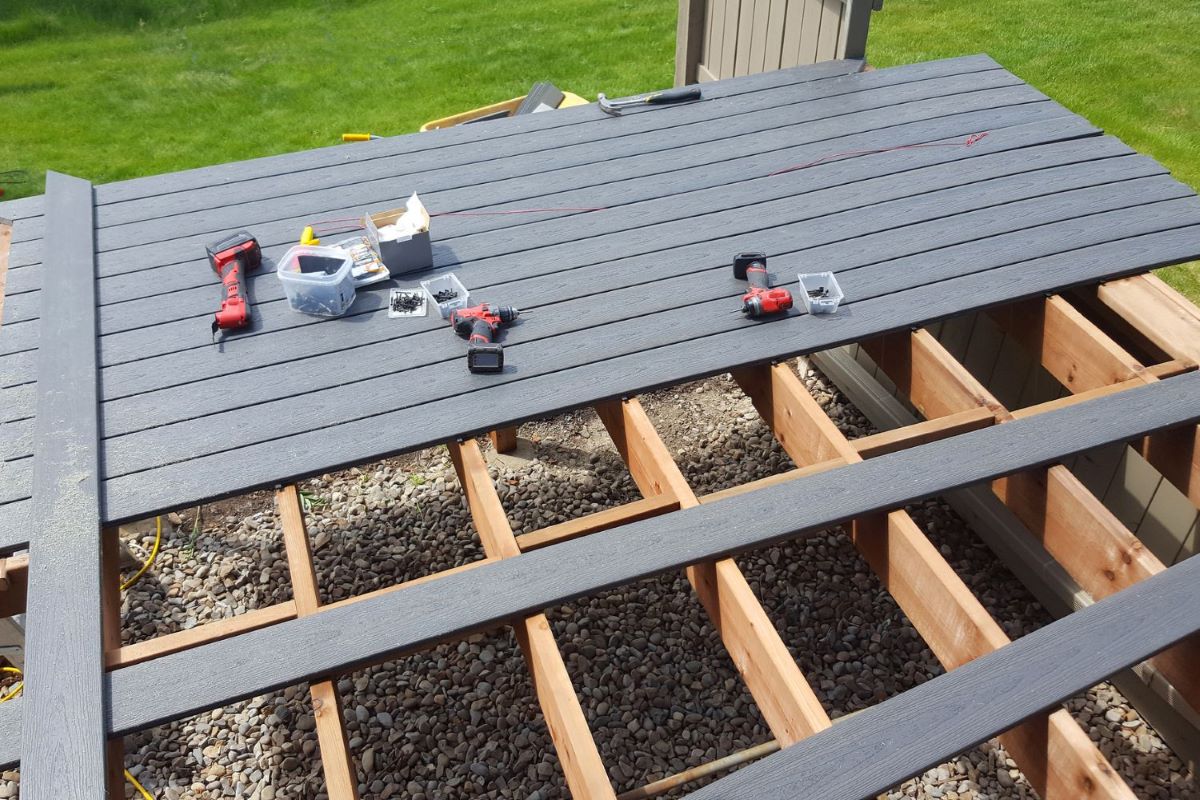
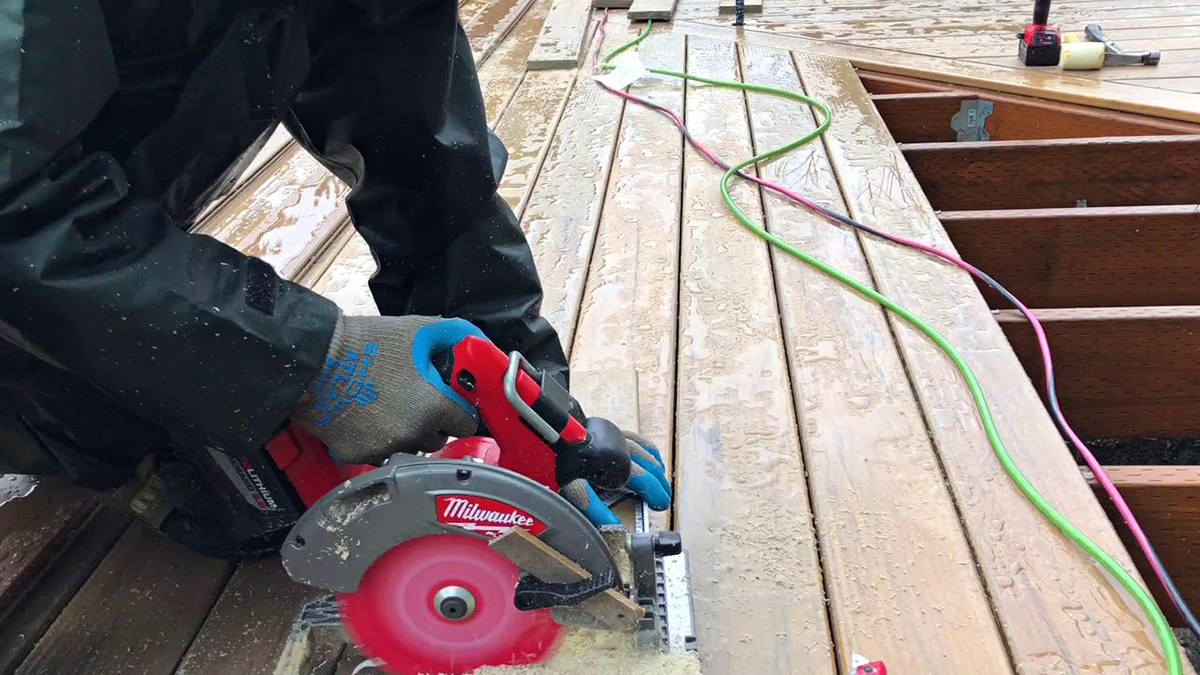
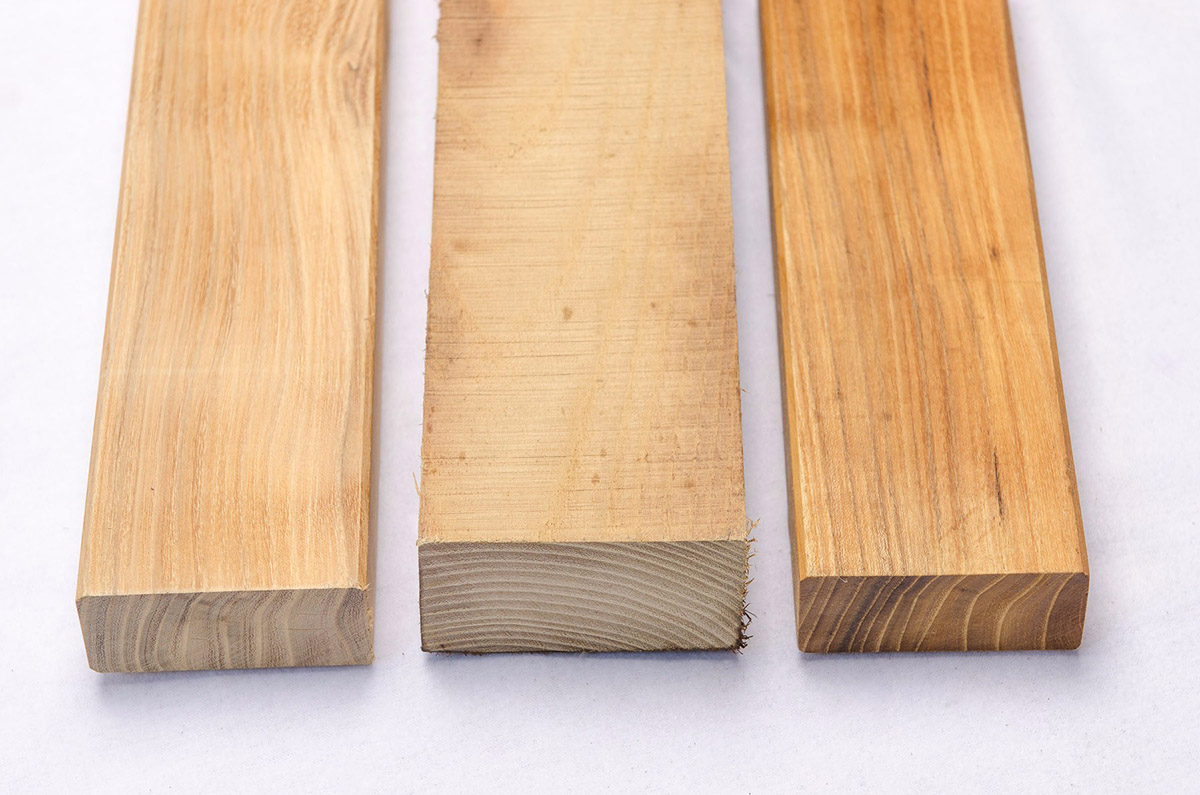
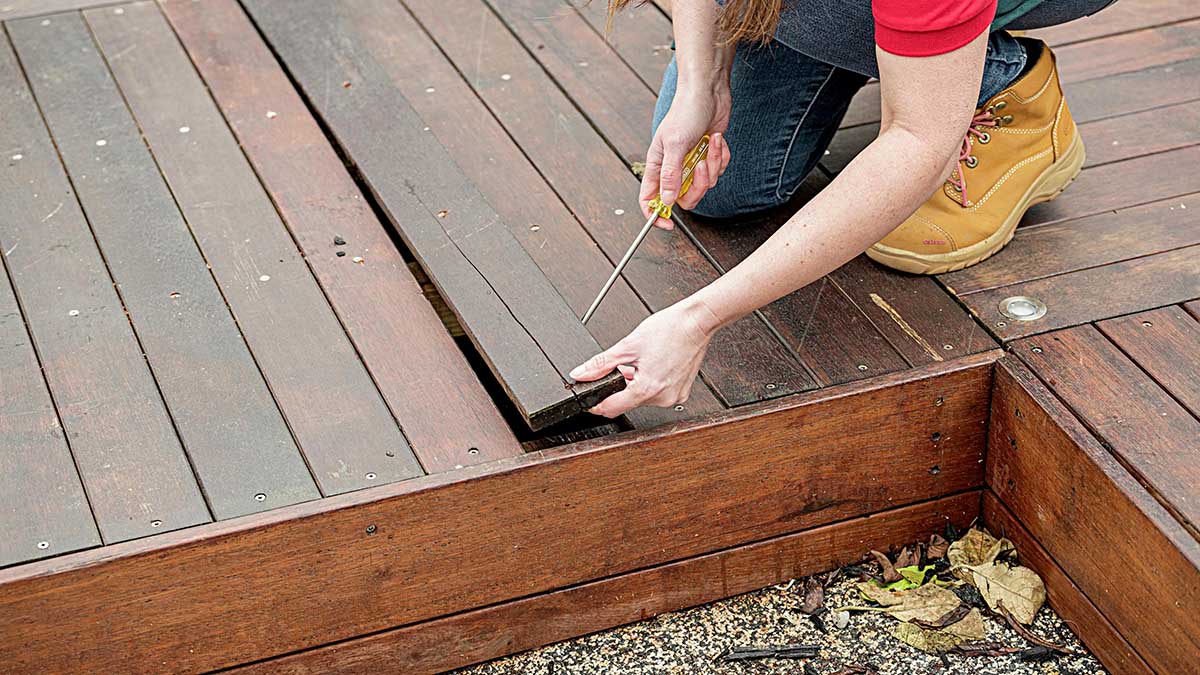
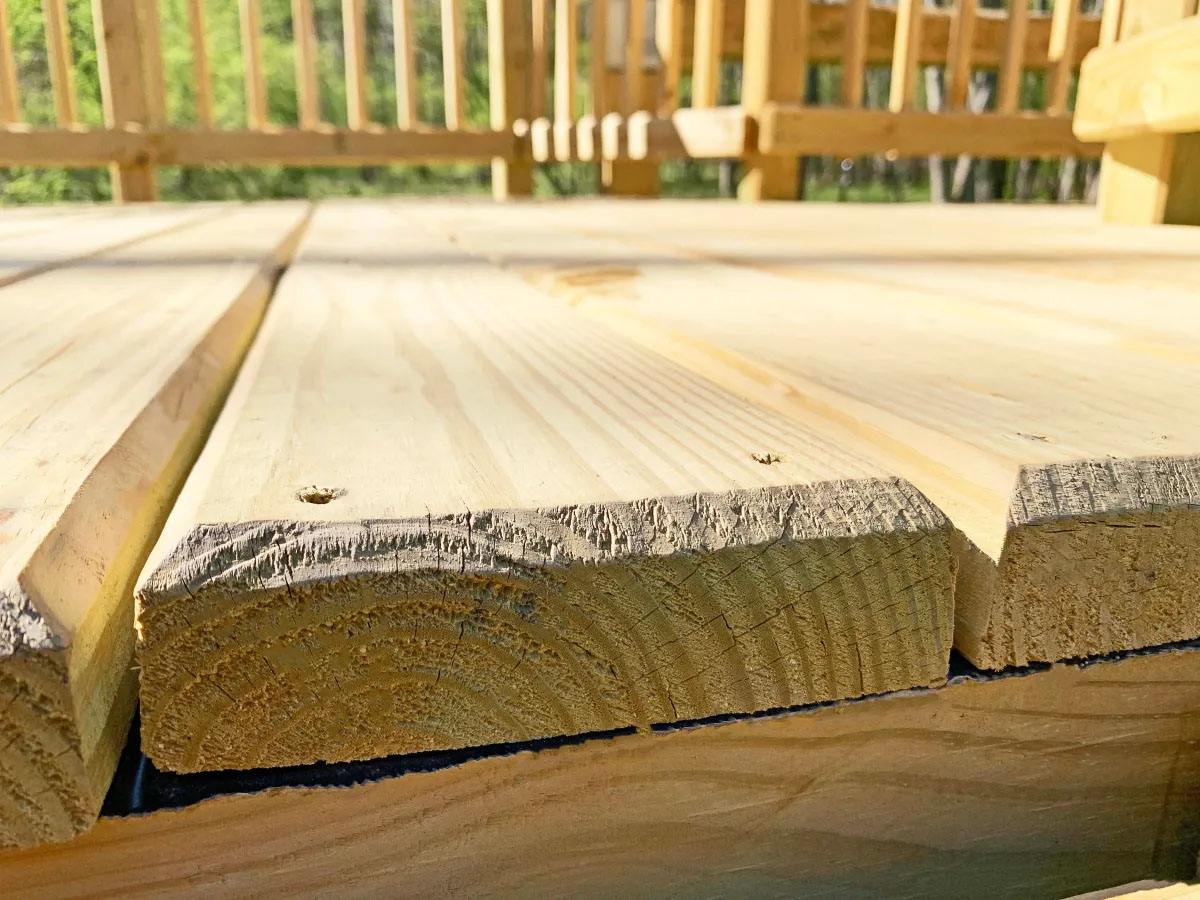

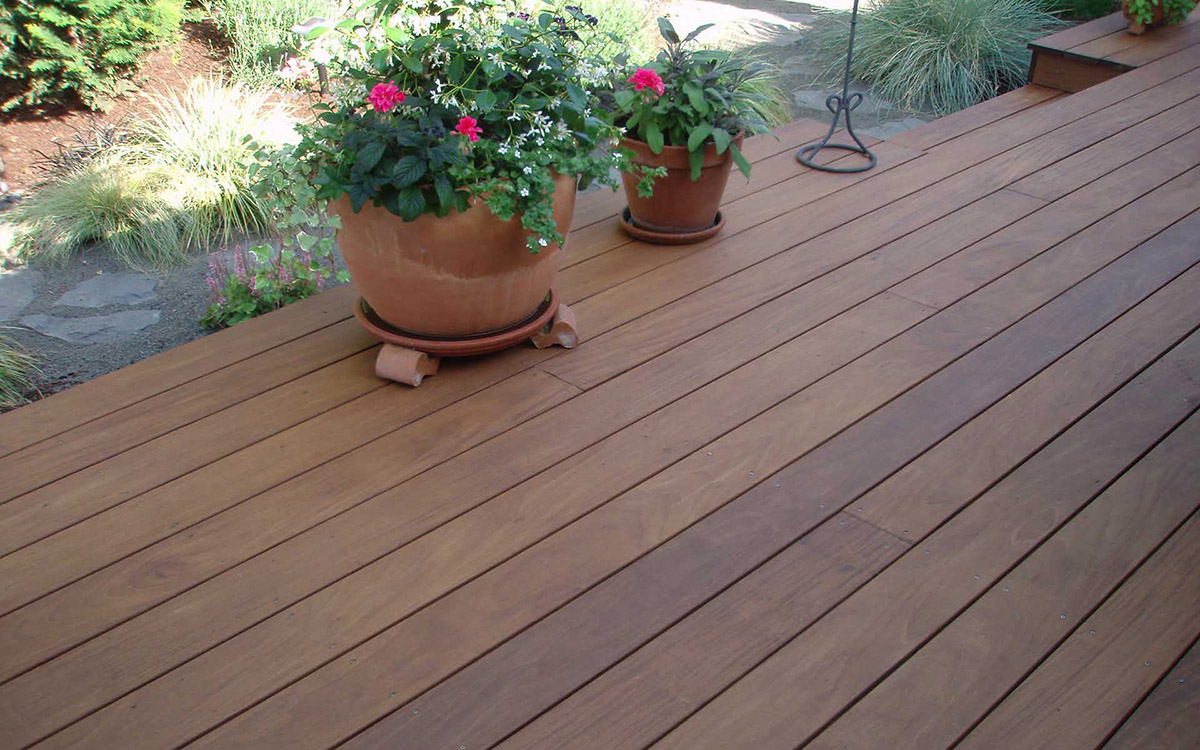

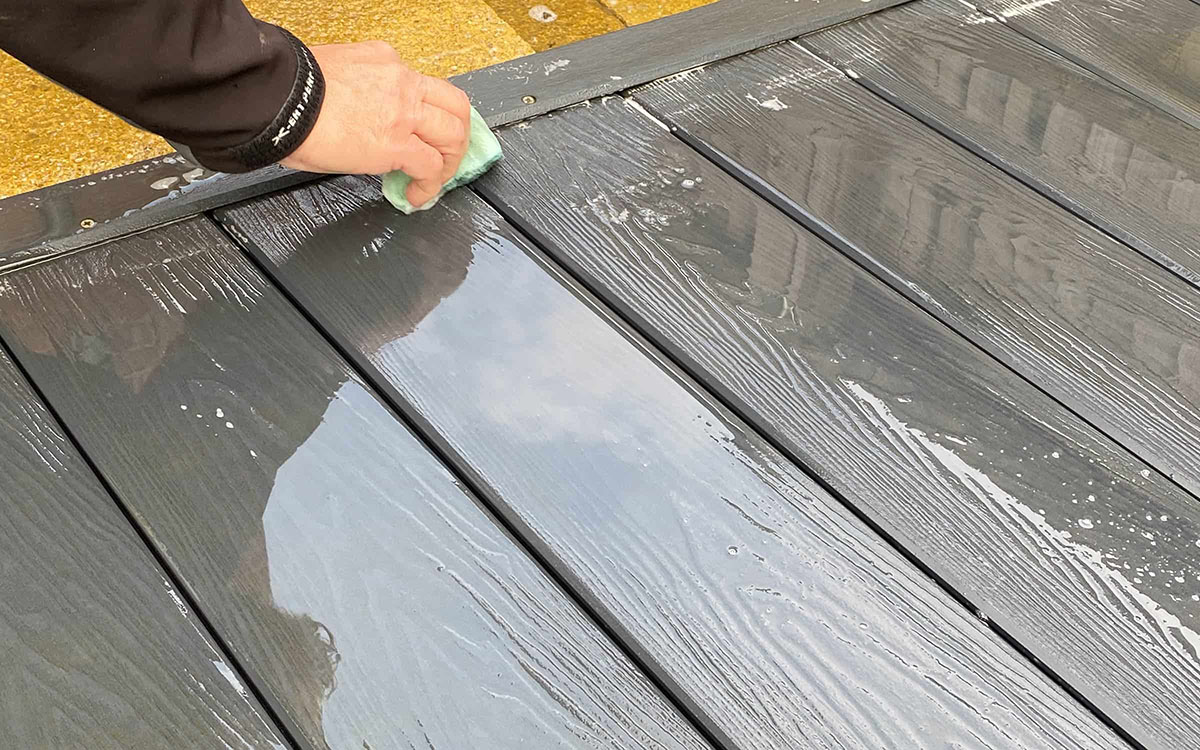

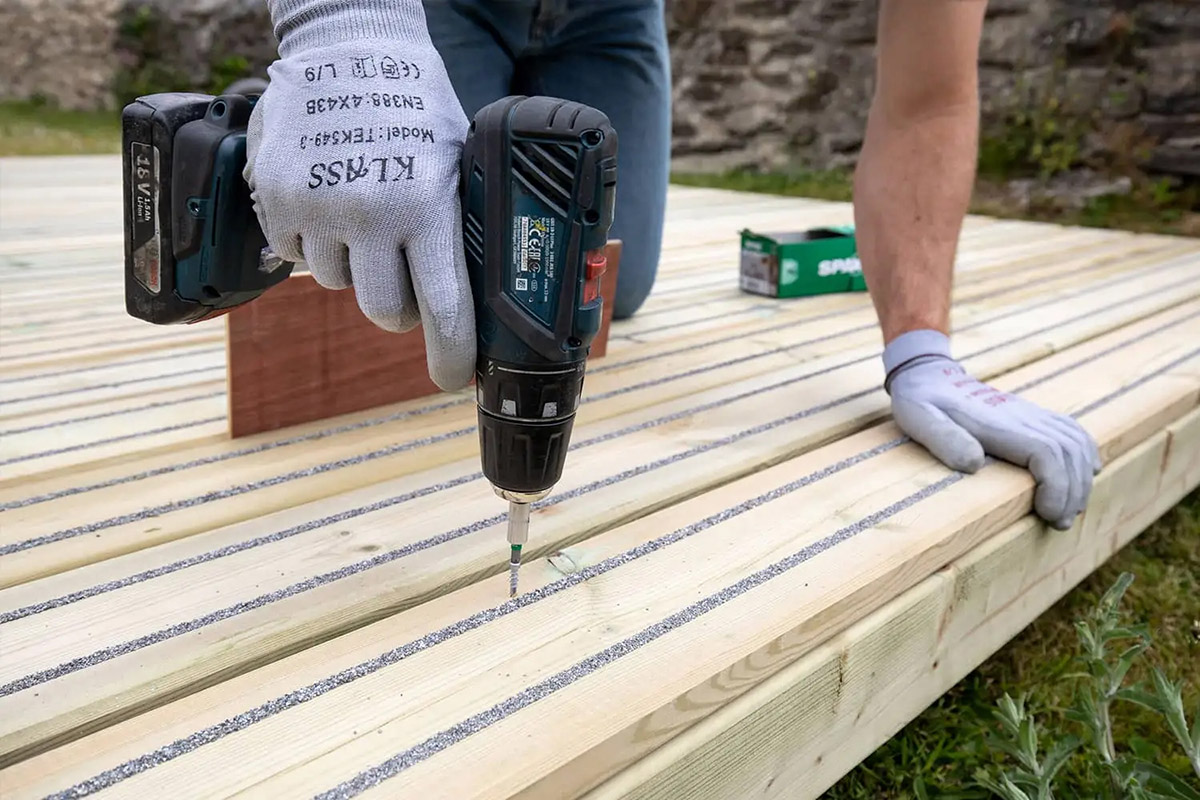
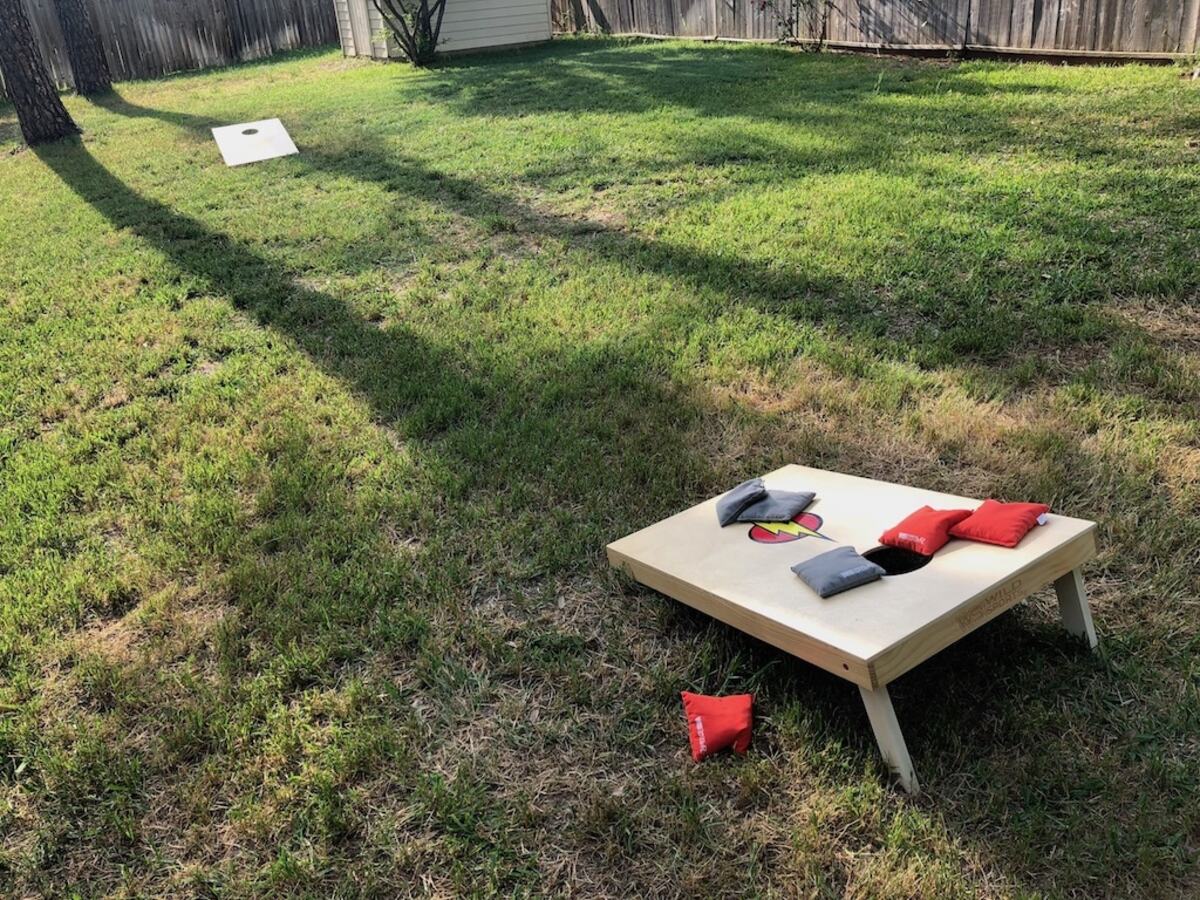
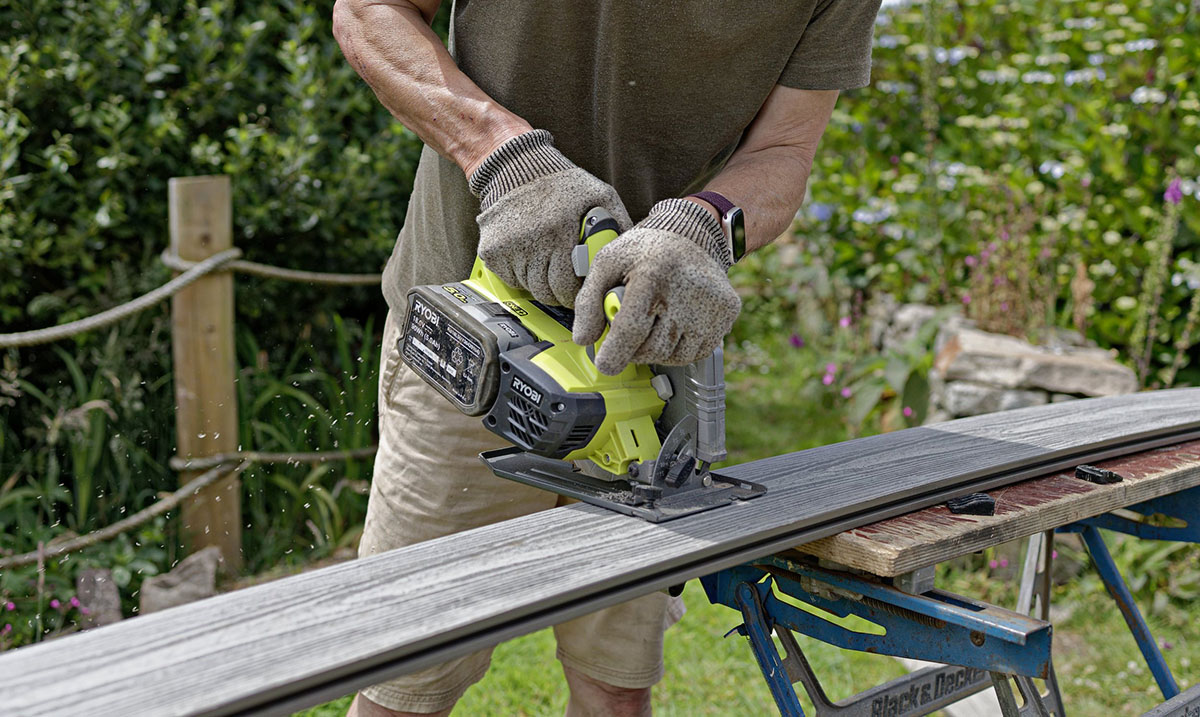
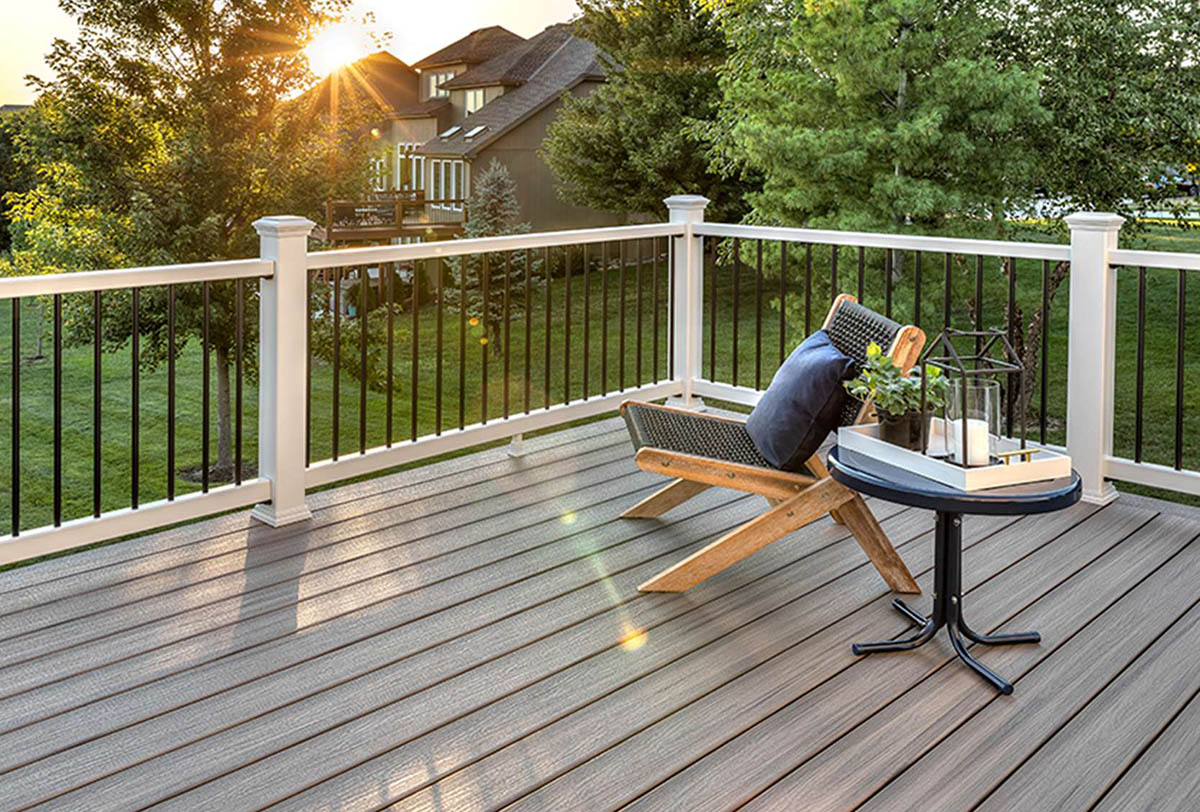

0 thoughts on “How Much Space Between Decking Boards”